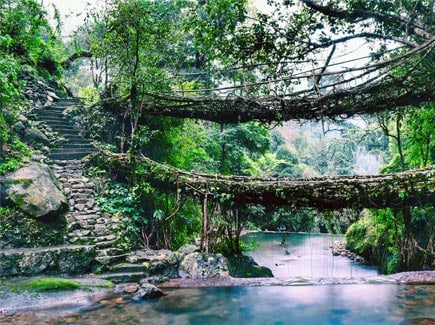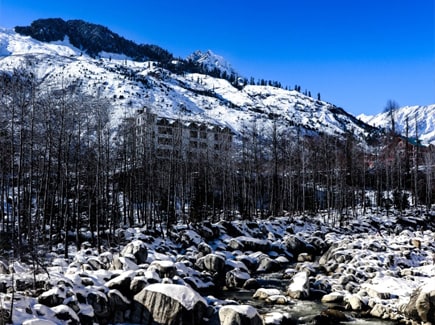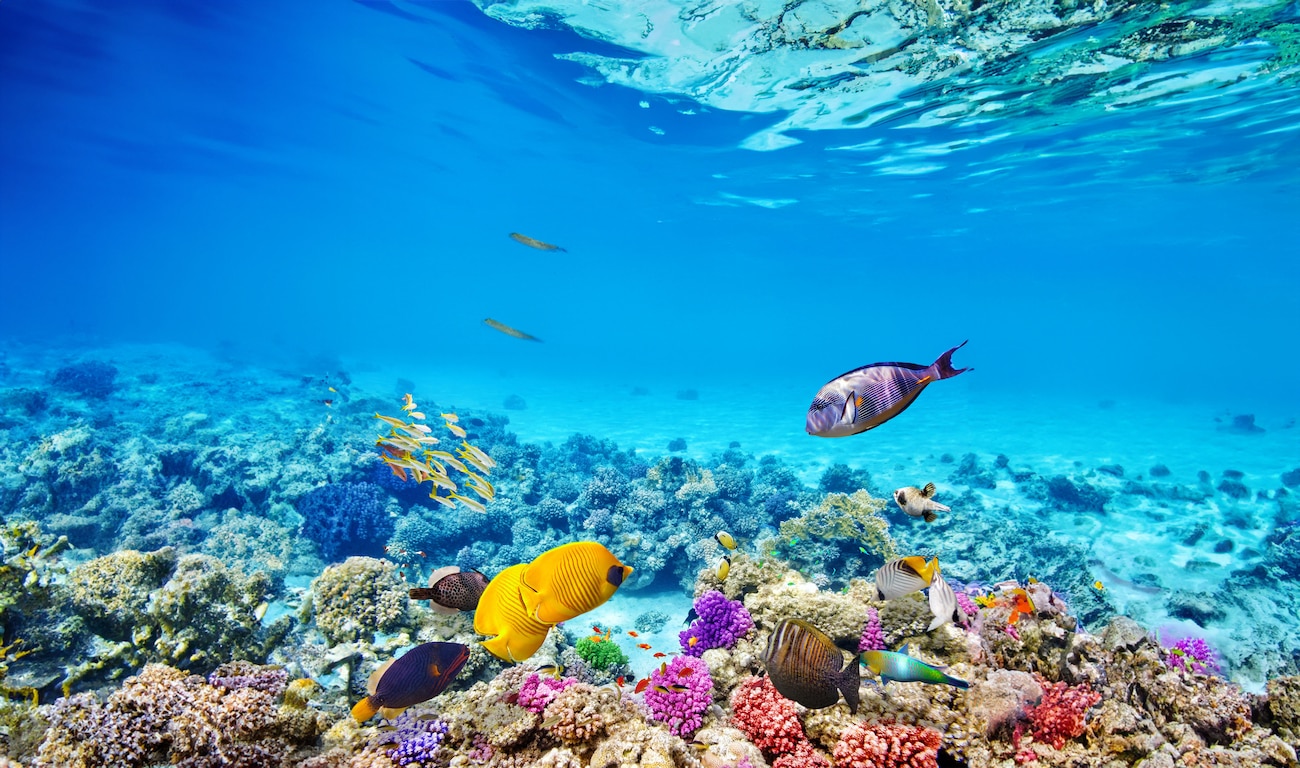Published in the Sunday Mumbai Samachar on 03 March, 2024
If you have been reading my write up, you know that I really like talking about Australia. One of the reasons for that is the fact that I have actually lived there for close to five years between 2008 and 2013. Another reasons is that I am a huge cricket fan and back in the day, it was just a different feeling waking up super early to watch a test series being telecast on TV in India. If you want one more reasons, it’s because I love cooking and MasterChef Australia had me hooked on for a larger part of the last decade.
So with this background, I want to today again go back to the land down under. This time, I was us to shift our focus to the eastern coast of Australia and talk about the vibrant underwater paradise that is the Great Barrier Reef. Let’s explore this natural wonder, from its breathtaking reefs to the incredibly large number of activities it offers, and why it makes it a bucket-list destination for travellers around the world.
Let’s first look at it from a geographical lens. Nestled in the Coral Sea, off the coast of Queensland, Australia, the Great Barrier Reef is the world's largest coral reef system. It stretches over 2,300 kilometers and is not just a single reef but a collection of over 2,900 individual reefs and 900 islands, forming a habitat for an unparalleled diversity of marine life. It's a place where nature's artistry is on full display, making it a top entry on many travellers' bucket lists. The reef's vibrant underwater ecosystems and breathtaking landscapes offer a unique blend of adventure and awesomeness, making it an irresistible destination for nature enthusiasts, divers, and anyone looking to witness one of the planet's most spectacular natural wonders.
Moving on, I wanted to spend some time discussing the different types of reefs that you find around the world. Each of these has its own unique characteristics and ecological significance. Primarily, the reefs can be categorized into three main types: fringing reefs, barrier reefs, and atolls, each showcasing different stages of coral development.
Fringing Reefs are the most common type of coral reef, directly attached to a shoreline or bordering an island, forming a 'fringe.' These reefs are particularly accessible to visitors, offering vibrant snorkeling and diving spots just a short swim away from the beach.
Barrier Reefs, as the name suggests, lie parallel to the shore but are separated by deeper, wider lagoons. The Great Barrier Reef itself is the largest example of this type, providing a protective barrier against oceanic waves and storms, creating calm waters that nurture a rich biodiversity.
Atolls are circular or oval reefs that enclose a lagoon but do not surround an island. While less common in the Great Barrier Reef, they represent a later stage in reef development, offering unique environments for specialized marine species.
Now that we have discussed that, let’s explore an important question that I often come across. What's So Unique About Australia's Great Barrier Reef? What sets the Great Barrier Reef apart from other natural wonders is its awe-inspiring biodiversity. It's a sanctuary for more than 1,500 species of fish, 400 types of coral, dozens of species of whales and dolphins, hundreds of bird species, and a great mix of invertebrates and sea turtles. This rich diversity makes the Barrier Reef a living laboratory for scientists and a phenomenal underwater spectacle for visitors.
Beyond its ecological value, the Great Barrier Reef holds profound cultural significance for Indigenous Australian groups. For thousands of years, these communities have had a deep spiritual connection to this marine environment, relying on its resources for their livelihoods and incorporating its elements into their stories, rituals, and art.
Now that we have discussed this, let’s shift our focus to a deeper dive into the activities it offers, the best times to visit, and its global significance compared to other reefs. Whether you are an adventurer and a nature lover, this place offers a plethora of activities that allow visitors to immerse themselves in its beauty and biodiversity.
Snorkeling and Diving are undoubtedly among the most popular activities, providing up-close encounters with the reef's vibrant marine life. The crystal-clear waters offer visibility for meters on end, revealing a an abundance of coral species, colourful fish, and mesmerising sea creatures. For the more adventurous, diving deeper into the reef uncovers hidden wonders, from ancient shipwrecks to secluded coral gardens teeming with life.
Boat Tours offer a more relaxed way to experience the Great Barrier Reef, with options ranging from day cruises to multi-day liveaboard adventures (where you stay on the yacht or sailing boat). Glass-bottom boats present a window to the underwater world for those who prefer to stay dry, while sailing trips provide a serene way to explore the reef's vast expanse, stopping at idyllic islands and secluded beaches along the way.
Island Visits within the reef offer a unique blend of marine exploration and terrestrial adventures. Islands like Hamilton, Whitsunday, and Fitzroy are jewels within the reef, offering pristine beaches, luxury resorts, and activities such as bird-watching, hiking, and sea kayaking. These islands serve as perfect bases for exploring the surrounding reef, while also offering a glimpse into the region's lush landscapes and diverse ecosystems.
And here’s an important one. Timing your visit to the Great Barrier Reef can greatly enhance your experience, with the region's climate playing a pivotal role. The reef enjoys a tropical climate, with the year divided into two main seasons: the wet season from November to March, and the dry season from April to October.
The dry season is widely regarded as the best time to visit the reef, offering sunny days, lower humidity, and optimal water conditions for snorkeling and diving. Visibility is at its peak during these months, making it an ideal time for underwater photography and exploration. Additionally, the cooler water temperatures attract a variety of marine life, from migrating whales to nesting sea turtles.
Before we get to the end, I would also like to say that while the Great Barrier Reef holds a special place as the largest and most famous coral reef system, it's just one of many stunning reefs around the world. Each reef has its own unique characteristics, making them incomparable in many ways.
The Belize Barrier Reef, for example, is the second largest reef system in the world and boasts an impressive array of marine species, including the endangered West Indian manatee. However, what sets the Great Barrier Reef apart is its sheer size and the variety of experiences it offers, from remote island escapes to world-class diving spots.
The Red Sea Coral Reef in the Middle East is renowned for its crystal-clear waters, historic wrecks, and vibrant marine life. While it offers exceptional diving opportunities, the Great Barrier Reef's accessibility and diversity of activities for all levels of adventurers and conservation efforts put it in a league of its own.
So yes, the Great Barrier Reef is more than just a destination; it's a vibrant, living testament to the beauty and complexity of our natural world. A UNESCO World Heritage site and often considered one of the seven natural wonders of the world. So when is your trip to explore this incredible marvel? I can only say one thing, whenever you do visit, you will definitely celebrate life!











































Post your Comment
Please let us know your thoughts on this story by leaving a comment.